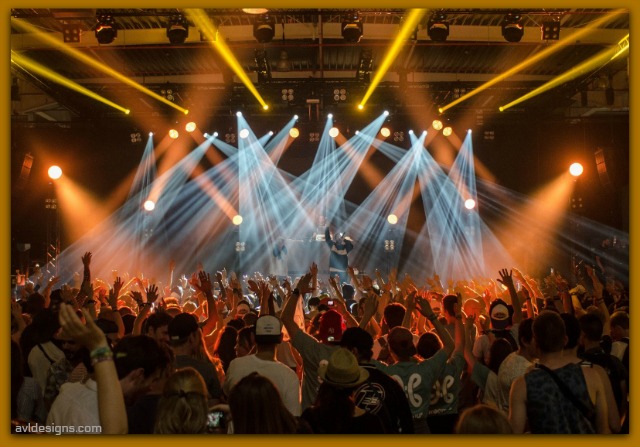Speech Privacy
We get asked quite often about how to achieve speech privacy in office areas, doctors offices etc. It is actually a fairly complex question but here are some basic points to consider:
Speech privacy is a function of many factors. The first and most critical is “how loud is the source?” A loud speech source is more difficult to control than a quiet one. People can talk more loudly than you might expect especially on cell phones.
The next critical factor that comes into play is how well isolated that source is from the area you don’t want to receive the speech in.
In the case of enclosed office spaces, the construction of the space itself is the first line of defense for privacy. If doors, walls, and ceilings are not designed properly speech will transfer into adjacent spaces. These adjacent spaces we call “receiving areas.”

If you don’t want speech to be understood in the receiving area, there are other factors in play.
- The first is how much sound actually got there, which is a direct function of the quality of the partitions that separate the space.
- The second is how much background noise there is in the receiving area. If the receiving area is very quiet, you hear better. It is kind of common sense but it has become a problem. Old desktop computer fans made enough noise to help with privacy. Quiet computers, lack of background music (no one can agree what to listen to), better windows ( high R value equals less outside noise ) and quiet HVAC are actually problems for speech privacy.
If your receiving room is quiet, it is critical that the walls, doors and other construction are built to a higher level to prevent sound transfer.
Some of the things that can degrade the quality or an office are gaps under and around doors, HVAC shared duct paths, back-to-back electrical outlets, and lack of acoustical detailing in wall construction. Some aspects of wall construction are not obvious. The simplest is the insulation in the wall cavity. In the absence of batt insulation, a wall cavity becomes resonant and more sound transfers through.

The next issue is wall construction. Is it built on 16 inch centers? Is it built on 24 inch centers? Was the gypsum caulked when it was attached to the studs and floor plates? Are the studs wood or metal? These are all factors that play into the quality of the construction.
Doors need to have gasketing. Acoustical gaskets are similar to fire gasketing. It doesn’t need to be fireproof for the sake of a fire rating but if smoke can penetrate around a door, so can sound. The door itself is important, as well. A solid wood door is not a good selection because wood transfers sound well. Preferably, you want a metal door with an acoustical inner core that separates sound from the inside to the outside.
The types of seals that are used around the door affect not only the quality of sealing but also the longevity of the solution. Compression seals tend to only work for a short period of time before developing a memory and start leaking. Magnetically sealed doors, which are considerably more expensive doors to buy, are similar to your refrigerator. They reach out and grab the adjacent surface, creating an airtight seal, as does a refrigerator door. If you use compression seals on a refrigerator, it would tend to leak thermally, which is the same as leaking acoustically.
What if you can’t isolate the receiving room well enough due to factors you can’t control, such as walls that only go up to the ceiling with a big gap above where you can literally see above the ceilings of all the adjacent spaces ? Then you need to look at how to get adequate noise on the receiving side.
It is important that every area considered a “receiving area” is evenly blanketed in some sort of background noise. Background music is one way that used to be done. HVAC in some cases does the job as long as the fans are always on.
Another way is noise masking using shaped pink noise. This type of system is often used in open office plans to achieve a level of privacy. (It works far better if the source rooms are still separate spaces and receiving rooms around them have the noise masking.)
Basically, a noise masking system is a series of small loud speakers placed either in the ceilings or above the ceilings that generate a soft background noise similar to the sound of air conditioning. If done properly it will create a more private environment.
Copyright AVL Designs Inc. 2020+



